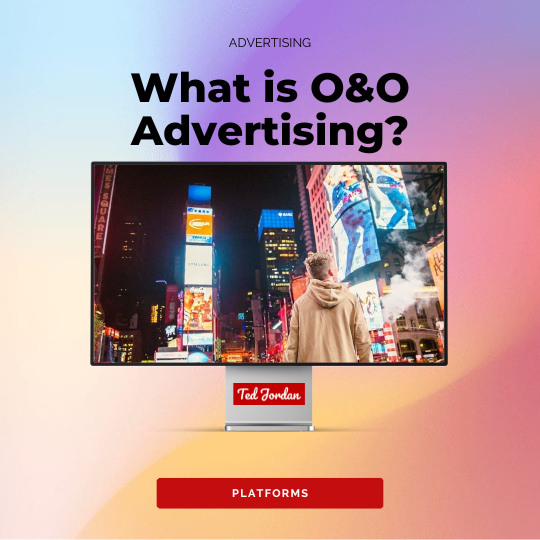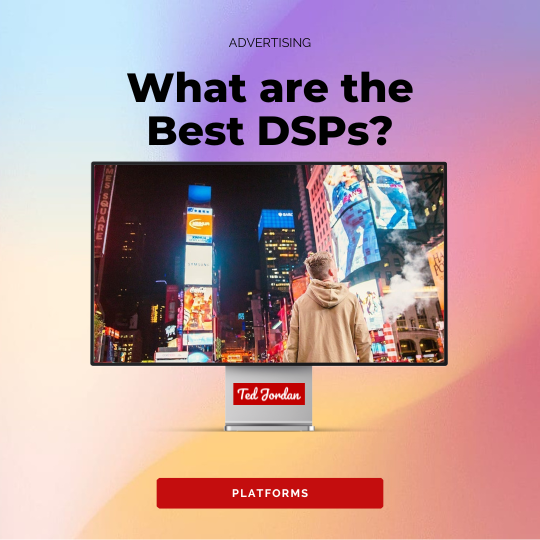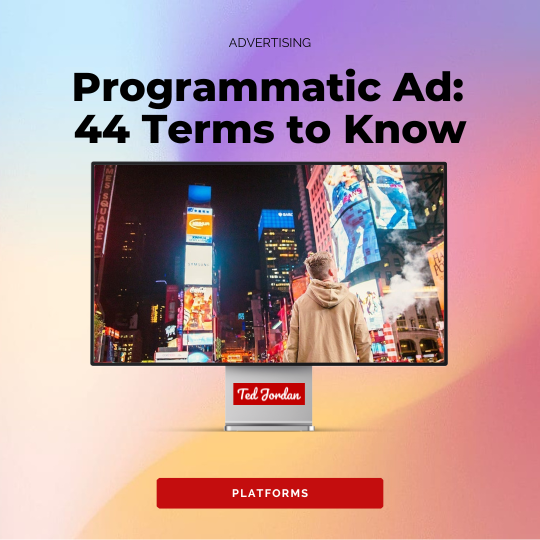What does CTV stand for
CTV stands for to Connected TV. Connected TVs are devices that are connected to the Internet; users can stream videos and music, and browse the Internet as they would do on a laptop, for example. CTVs include smart TVs, TV sticks, gaming consoles, etc.
Two years ago, about 111M households in the US used CTVs at least once a month and this number keeps rising (Source: Statista 2024). The number of CTV householders is rising each year so advertisers are more interested in running CTV ads over the years.
Some of the most used CTVs are Xbox, Apple TV, Roku and PlayStation.

CTV format explained
Viewers are now used to consume content when and where they want. And all major streaming platforms are offering CTV campaigns: Prime Video, Netflix, Paramount+, Hulu, etc. This type of advertising format will not fade away in the next years.
There are plenty of advantages in delivering CTV campaigns and so many formats to choose from!
What are CTV ads
Now that you know what CTV stands for, it’s time to understand what CTV ads are exactly. CTV ads are ads shown on Connected TVs: they can be skippable, non-skippable, interactive and their length can vary.
In general, viewers select the content they wish to watch on a CTV (as a reminder, CTV stands for Connected TV). Then, viewers’ information is sent by the publisher to an ad exchange and the bidding process starts. If the data sent by the publisher matches the criteria set by an advertiser (via a DSP), this advertiser will bid to win the auction.
The advertiser with the highest bid wins and their CTV ad is displayed.
CTV formats examples
CTV campaigns are not limited to one single ad format. Here are the main CTV formats:
- Pre-roll (before the selected content).
- Mid-roll (between episodes or scenes of the content).
- Post-roll (after the content is over).
- Paused ads (displayed when the content is paused by the viewer).
- Skippable/Non-skippable ads (viewers may need to watch ads to access the selected content).
- Interactive ads (it can be a game, a QR code to scan, an action to do, etc.).
- Banner ads (overlay at the bottom of the screen when the content is playing).

Is CTV and OTT the same?
CTV and OTT are not the same but they are linked. CTV stands for Connected TV while OTT means Over-The-Top. OTT is describing the delivery mechanism for streamed content through a device, such as CTV.
Netflix, Disney+, Prime Video, HBO Max… are OTTs and can be streamed on Connected TVs.
When talking about deals with publishers, a confusion might arise. Generally, OTT deals include delivery on streaming platforms and devices, CTV included. But if a publisher offers a CTV deal, this includes only CTV advertising.
Some publishers may use the term “streaming VOD” to talk about CTV to avoid confusion between OTT and CTV. Remember, CTV ads are not only available on TVs: they are available on all devices where you can stream videos and music, and browse the Internet.
Who use CTV campaigns
CTV campaigns represent several billions of dollars per year in the US and are used by small, medium, and large companies. This advertising format is chosen by advertisers all over the world because of its benefits and advantages, compared to linear TV or more classic ad formats.
One of the main advantages of Connected TV advertising is the personalisation offered by platforms. Indeed, thanks to the data shared by publishers on viewers, advertisers are able to customise ads. They can deliver them and add viewers name on the screen or show them ads that are tailored to their preferences and interests. For example, if a viewer never skips ads between 7 and 8 p.m., advertisers will be able to display their ads during this specific time frame.
CTV campaigns are cost-efficient and show higher conversion rates compared to linear TV (traditional television). Indeed, delivering ads on linear TV allows advertisers to display them to many people at the same time but CTV allows them to pick specific groups of viewers who will be more likely to convert at a specific time of the day or of the night.

Targeting plays an important role in CTV campaigns success. CTV advertising uses similar targeting features than other programmatic advertising ad formats such as retargeting, lookalike, geolocation (use of IP address to be precise), age, income level, education level targeting, etc. Depending on the country, targeting rules and limitations vary. Usually, there are wider targeting options in the US compared to Europe.
Measuring performance is also possible thanks to the use of specific actions made by viewers (downloading a game, scanning a QR code, visiting a shop) or by using IP addresses. Mobile ID can also be used to track drive-to-store behaviour, for example. CTV campaigns increase cross-device advertising too.
One more performance measurement tool used with CTV is ACR: Automatic Content Recognition. ACR is a technology used with digital devices such as CTVs, to identify and process content played on the devices or around them. It uses audio, video and digital fingerprints to recognise content and actions. Some companies, like Samba TV, use ACR to understand users’ actions and build audiences from the data.
Finally, advertisers choose to run CTV campaigns for their optimisation automation. Real-time data is tracked and optimisation is done automatically to improve campaigns performance. For example, a budget can be reallocated to the best performing ad in an automated way.
How to run ads on CTV
CTV inventory can be accessed through direct sales, RTB (Real-Time Biding), PMP (Public Market Place) or PG (Programmatic Guaranteed). Usually, advertisers buy ad spaces using DSPs or O&O platforms. They manage their campaigns themselves or ask a programmatic expert like Ted Jordan to do it for them.
Each OTT offering CTV ads follows specific ad specs and formats. But globally, ad specs for CTV ads are:
- Ratio: 16:9
- Video length: usually 15, 20 or 30 seconds; some platforms likeYouTube accepts much longer formats
- File size: varies a lot between platforms
- File type: .mov, .mp4 and more
Note that frame rate or bitrate are important criteria to take into account; for example, a bitrate of 12 Mbps is usually the bare minimum.
One of the most popular DSPs for CTV advertising is The Trade Desk.
Reaching the right audience

Targeting is key with CTV advertising: that’s why reaching the right audience will play an important role in your Connected TV campaigns.
Interests, searched keywords, subscription data, content genres, most-watched TV shows: the more precise a targeted audience is, the better are the chances of conversion.
To target a persona, data from first and third parties is usually used and combined. Combining data from the advertiser, the OTTs and their partners offers great precision and chances to succeed with your CTV campaigns.
Metrics
To analyse the performance of a CTV campaign, some important metrics or KPIs (Key Performance Indicators) are taken into account. These metrics are:
- Completion rate
- Frequency capping (to avoid ad fatigue)
- Impressions
- CTR
- Viewability
- Brand lift
- Reach (unique viewers)
- CPCV (Cost Per Completed View)
- CPM (Cost per 1,000 views)
- Conversion rate
- Drive-to-store rate
- CTV Ad Attention
It’s really important to define, before launching any CTV campaign, which KPIs are important in order to optimise accordingly. This may seem difficult when running your first CTV campaign. That’s why we recommend learning the basics of Programmatic Advertising or asking an expert like Ted Jordan to manage your campaigns.
Your next CTV campaign
Now, you know what CTV advertising is, what CTV stands for and where to go to deliver some greats CTV ads. You can advertise on CTV on your own, with the help of a programmatic expert or leave this task to Ted Jordan to be sure everything is made to convert as much as possible.
Before starting your next CTV campaign, check out our Free Programmatic Advertising Overview Course!




